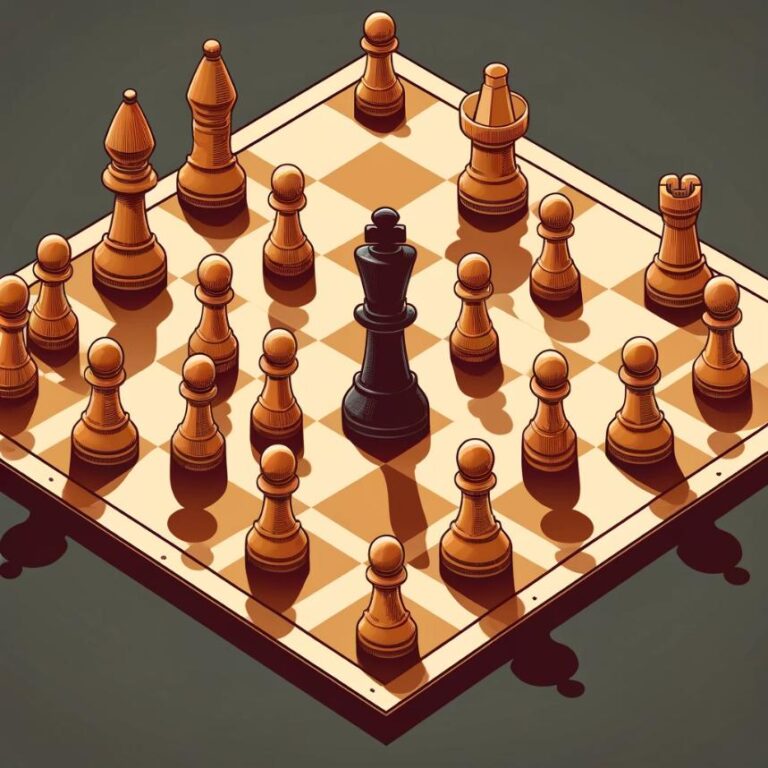Introduction to Chess Notation
Chess is a strategic board game that has been played for centuries and continues to be popular to this day. Over time, various forms of recording moves in chess have been used, such as oral notation, written notation, and computer notation. The most common method used today is the standardized system known as algebraic notation, which is used in competitive chess games and for analysis and improvement of one´s own game. In this section, we will explore the history and evolution of chess notation and the importance of using it for improvement and analysis.
The Evolution of Chess Notation
The earliest form of recording chess moves can be traced back to ancient India in the 6th century, where players used verbal notation, meaning they would speak out their moves during the game. As the game spread to other countries and became more complex, people needed a more efficient way to record moves. In the 15th century, when chess became popular in Europe, players started using written notation, where each move was written out in full. This method was cumbersome and time-consuming, especially in longer games. It also made it difficult to review and analyze the game later on.
Algebraic Notation: The Standardized Chess Recording System
Algebraic notation was first proposed by Philipp Stamma in the late 18th century, but it was not widely used until the 20th century when it became the official notation system recognized by the World Chess Federation (FIDE). This system is simple, precise, and easy to read and understand. It uses a combination of letters and numbers to represent each move, making it efficient for recording and reviewing chess games.
The Importance of Recording Chess Moves
Recording chess moves is not only important in competitive games, but it is also crucial for analyzing and improving one´s own game. By recording and reviewing past games, players can identify mistakes and patterns in their gameplay, learn from their mistakes, and develop new strategies. It also allows players to study the games of their opponents and gain a better understanding of their playing style and weaknesses.
Conclusion
Chess notation has come a long way from its ancient verbal form to the standardized and efficient algebraic notation used today. It has transformed the game of chess, making it easier to record, review, and analyze games. With the help of technology and AI, chess notation has become even more vital in improving one´s game and understanding the strategies and patterns of opponents. Whether you are a beginner or a seasoned player, mastering chess notation is a crucial step towards becoming a better chess player.







